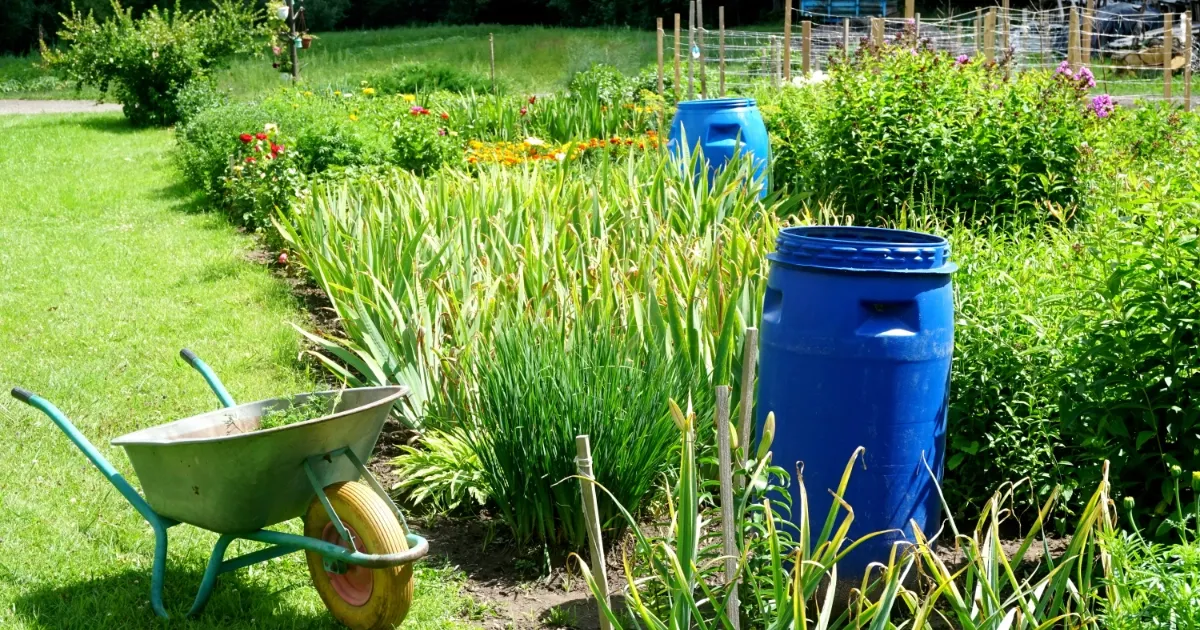
Reusing Water at Home
Reusing Water at Home: How Greywater Can Transform Your Garden and Help the Planet
As the global population continues to grow, so does the demand for fresh water. In many parts of the world, water scarcity is becoming an increasingly pressing issue. Fortunately, there are sustainable solutions that can help conserve this precious resource. One such solution is the reuse of greywater at home. Greywater, which includes wastewater from sinks, showers, and washing machines, can be repurposed to keep gardens thriving and reduce the overall water footprint of households.
What is Greywater?
Greywater is the relatively clean wastewater generated from household activities such as bathing, laundry, and dishwashing. It does not include water from toilets, which is classified as blackwater and requires more extensive treatment. Greywater can be a valuable resource for irrigation and other non-potable uses, helping to conserve fresh water for drinking and other essential purposes.
The Benefits of Reusing Greywater
Reusing greywater offers numerous benefits for both the environment and homeowners. Some of the key advantages include:
- Water Conservation: By reusing greywater for irrigation, households can significantly reduce their consumption of fresh water. This is especially important in regions facing water shortages.
- Reduced Water Bills: Using greywater can lead to lower water bills, as less fresh water is needed for outdoor uses such as watering plants and lawns.
- Improved Soil Health: Greywater is rich in nutrients that can enhance soil fertility and promote healthy plant growth. It can be particularly beneficial for gardens and landscaping.
- Environmental Sustainability: Reusing greywater helps reduce the strain on local water sources and wastewater treatment facilities. It also decreases the energy required to treat and transport fresh water.
How to Reuse Greywater at Home
Implementing a greywater reuse system at home can be relatively simple. Here are some steps to get started:
1. Identify Sources of Greywater
The first step is to identify the sources of greywater in your home. Common sources include water from sinks, showers, bathtubs, and washing machines. Avoid using water from toilets or kitchen sinks, as it may contain harmful contaminants.
2. Install a Greywater System
There are various types of greywater systems available, ranging from simple diversion devices to more complex treatment systems. A basic greywater system can be installed to direct water from your washing machine or shower to your garden. For more extensive reuse, consider a professionally installed system with filters and pumps.
3. Choose the Right Plants
Not all plants are suitable for greywater irrigation. Choose drought-tolerant plants that can thrive with greywater. Avoid using greywater on edible plants where the water may come into contact with the edible parts.
4. Monitor and Maintain
Regularly monitor and maintain your greywater system to ensure it is functioning properly. Check for any signs of clogging or leaks, and clean filters as needed.
Considerations and Precautions
While greywater reuse offers many benefits, it is important to take certain precautions to ensure safety and effectiveness:
- Avoid Harsh Chemicals: Use biodegradable and environmentally friendly cleaning products to prevent harmful chemicals from entering your greywater system.
- Proper Filtration: Ensure that your greywater system includes adequate filtration to remove impurities and prevent clogging.
- Local Regulations: Check local regulations and guidelines for greywater reuse in your area. Some regions may have specific requirements or restrictions.
Reusing greywater at home is a practical and sustainable solution to help conserve fresh water and support environmental sustainability. By implementing a greywater reuse system, homeowners can enjoy the benefits of reduced water bills, improved soil health, and a thriving garden. As water scarcity continues to be a global challenge, adopting greywater reuse practices can make a meaningful difference in preserving this vital resource for future generations.
12 Feb 2025


